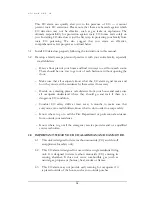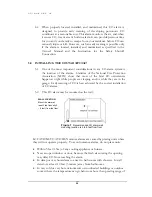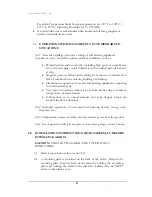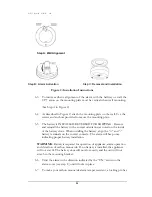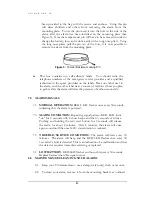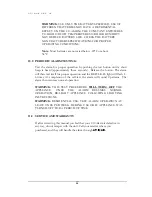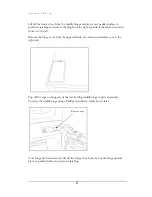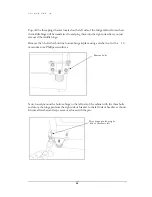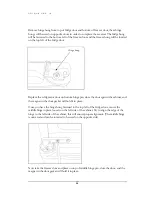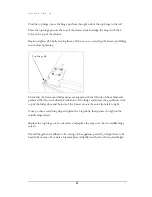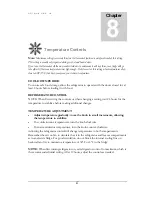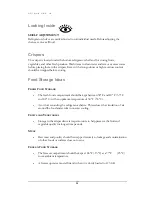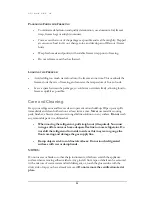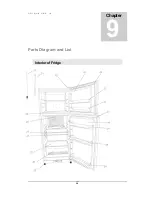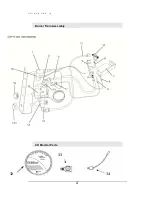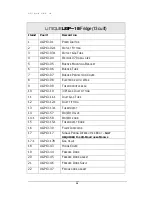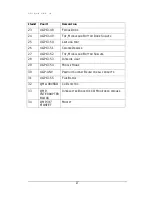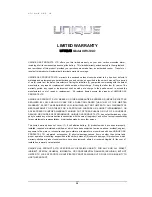
U N I Q U E U G P 1 3
31
Temperature Controls
Note:
Maximum setting is override; therefore the thermostat function is not operational at this setting.
This setting is usually only required during very hot and humid days.
If you turn the thermostat all the way counter clockwise to minimum it will stay there, your fridge will go
into defrost if the room temperature rises high enough. Only leave it at this setting when temperatures drop
close to 60F (15C) but keep your eye on your interior temperature.
COOL DOWN PERIOD
To ensure safe food storage, allow the refrigerator to operate with the doors closed for at
least 8 hours before loading it with food.
REFRIGERATOR CONTROL
NOTE: When first setting the controls or when changing a setting, wait 24 hours for the
temperature to stabilize before making additional changes.
TEMPERATURE ADJUSTMENT
Adjust temperature gradually: move the knob in small increments, allowing
the temperature to stabilize.
For colder interior temperatures, turn the knob clockwise.
For warmer interior temperatures, turn the knob counter-clockwise.
Adjusting the refrigerator control will change temperatures in both compartments.
Remember there is no fan to circulate the air in the refrigerator and freezer compartments
as in an electric fridge. For good circulation, do not block the internal cooling fins on
back-wall and try to maintain a temperature of 38
F or 4
C in the fridge.
NOTE:
When first turning refrigerator on, set refrigerator control to maximum, which is
the recommended initial setting. After 12 hours, adjust the controls as needed.
Chapter
8



